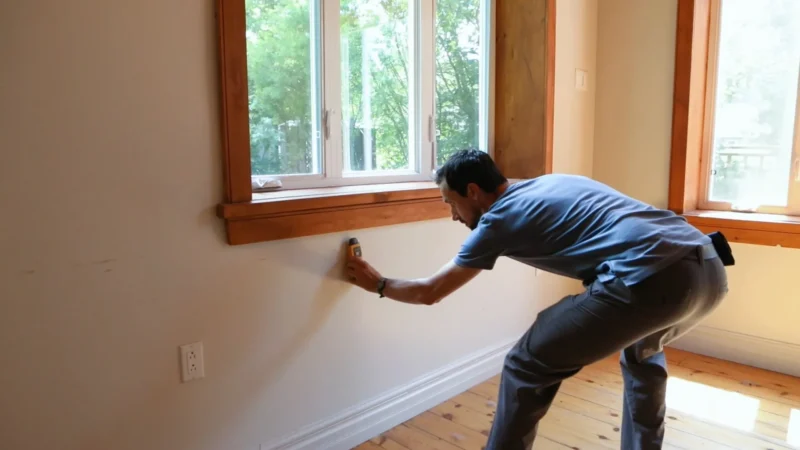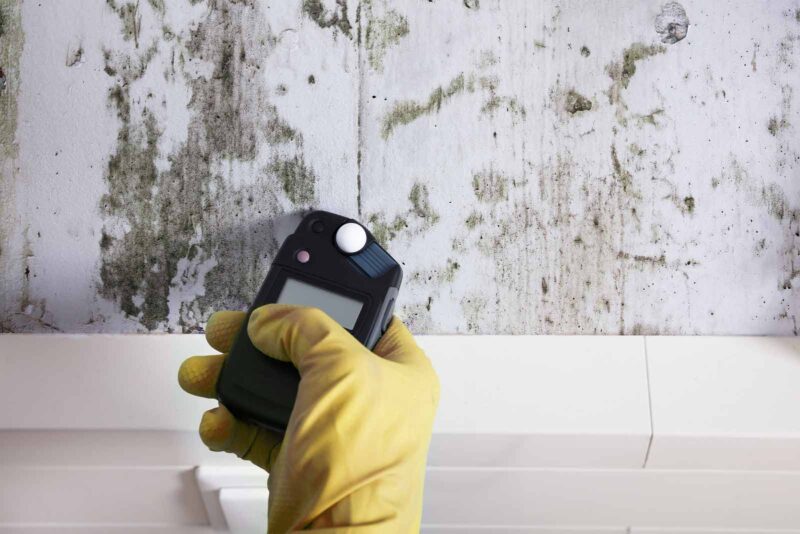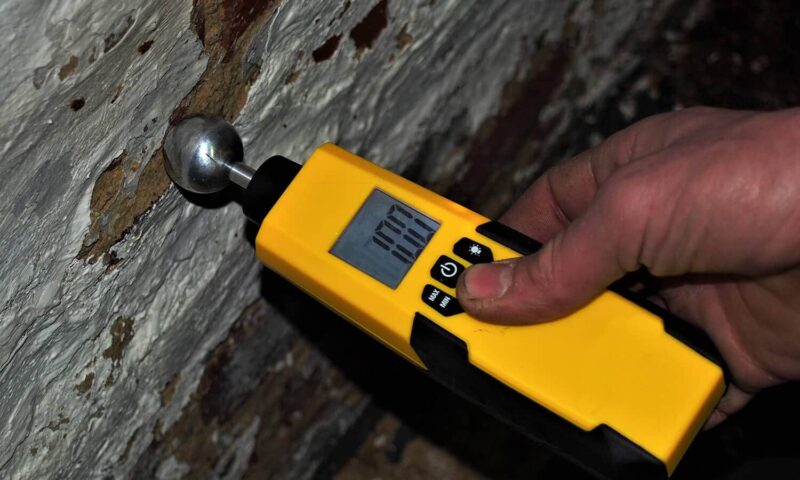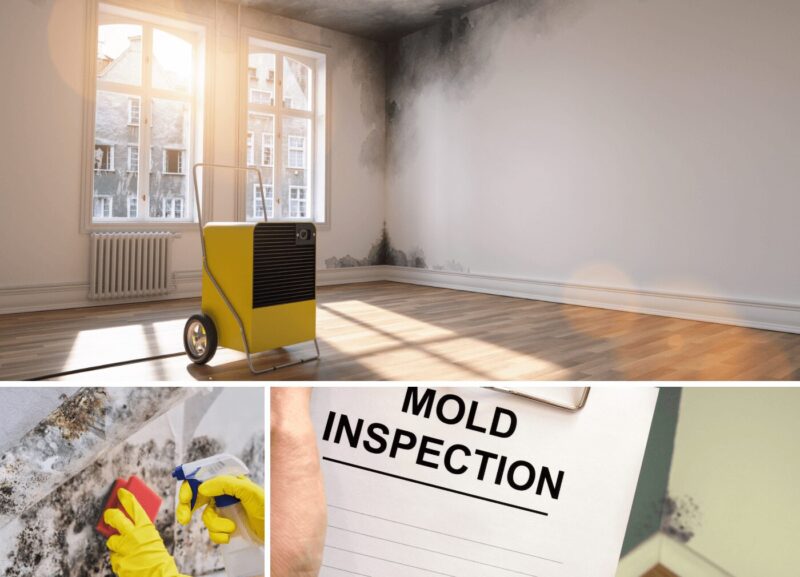Mold testing equipment plays a crucial role in assessing indoor air quality and identifying potential health hazards. The technology behind these devices is innovative and sophisticated, combining various sensors and analytical tools to detect the presence of mold spores in the air. This equipment works by collecting air samples from different indoor areas and analyzing them for the presence of mold particles.
The results obtained from these tests provide valuable insights into the extent of mold contamination in a particular environment, helping property owners and professionals take necessary remediation steps. In this article, we will delve into the intricate workings of mold testing equipment and explore how it functions to safeguard indoor environments from mold-related issues.
Understanding Mold Testing Equipment

In order to comprehend the intricacies of mold testing equipment, it is essential to delve into the technology that drives its functionality. These devices are specifically designed to detect and analyze mold spores in indoor environments, providing crucial information for remediation efforts.
Utilizing advanced sensors and sampling techniques, mold testing equipment can accurately identify the presence of mold and assess its concentration levels. From air sampling pumps to microbial swab kits, these tools play a vital role in ensuring the safety and health of residential and commercial spaces. By understanding the technical specifications and capabilities of mold testing equipment, professionals can effectively address mold issues and create healthier indoor environments for occupants.
Types of Mold Testing Equipment

There are several types of mold testing equipment available for assessing indoor air quality and detecting mold growth in buildings. One common tool is an air sampling pump, which collects air samples that are then analyzed for mold spores.
Another useful piece of equipment is a moisture meter, which measures the moisture content in building materials to identify areas prone to mold growth. Infrared cameras can also be utilized to detect hidden mold behind walls or ceilings by capturing temperature variations.
Additionally, swab and tape lift kits are used to collect mold samples from surfaces for laboratory analysis. These various types of mold testing equipment play a crucial role in accurately determining the presence of mold and assessing the extent of contamination in indoor environments.
Sensing Technology in Mold Testing Equipment

The advancement of sensing technology in mold testing equipment has revolutionized the way in which mold detection is conducted. With the integration of cutting-edge sensors and detectors, these modern devices are able to detect mold spores and identify potential mold contamination in a much more efficient and accurate manner.
This technology allows for real-time monitoring of indoor air quality, providing valuable data that can help prevent potential health hazards associated with mold exposure. By utilizing state-of-the-art sensors, mold testing equipment is now able to detect even the smallest traces of mold, ensuring a thorough and comprehensive analysis of indoor environments. This level of precision and reliability is crucial for both residential and commercial properties in order to maintain a healthy and safe living or working environment.
Conclusion
In conclusion, the technology behind mold testing equipment plays a vital role in identifying potential health hazards within indoor environments. By utilizing sophisticated tools and techniques, professionals can accurately detect and analyze mold spores, helping property owners take the necessary steps to address any contamination.
Mold testing equipment, such as air samplers, moisture meters, and infrared cameras, provides valuable information that can guide remediation efforts and ensure a clean and healthy living or working environment.
Organizations like Mold Test Tampa can assist in conducting thorough mold inspections using state-of-the-art equipment, ultimately promoting peace of mind and protecting the well-being of individuals. It is essential to recognize the importance of utilizing advanced technology in mold testing to maintain a safe and mold-free space for all.


